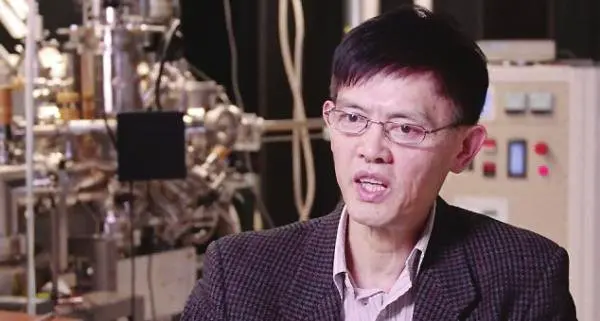The Chinese government announced in July 2017 that from January 1, 2018 it will ban imports of 24 types of solid waste.
This rather unexpected move sent shockwaves within the recycling industry and all around the world. What happened shortly after, even before the ban entered into force was illustrative how easy it is to disturb an entire global industry worth 87 billion US dollars in 2015 with a single change of regulation.
Piles of waste started gathering across the globe, including in Hong Kong where tons of paper had no place to go. The cargo industry reacted by refusing to take on new shipments of scrap plastic and waste paper fearing that it might not be able to discharge them.
A waste recycling worker collecting piles of abandoned boxes after Double Eleven Shopping Festival, in Hefei City, East China’s Anhui Province, on November 16, 2017.
Facing the ban, many around the world started dumping collected recycling material in landfills or even burning it.
In China, the price of finished paper doubled to 6,000 yuan (935 US dollars) in a matter of months. The same thing happened with the price of cardboard boxes used by online retailers across the world. Companies like Amazon and Alibaba, heavily reliant on these materials, faced a challenge.
Millions of workers in China who were involved in the sorting and recycling of imported waste material are now looking for alternative sources of income.
Furthermore, scrap imports generate trillions of RMB in terms of import tariffs, taxes and fees associated with inspections, port usage, transportation, etc. With estimated decline of imports of scrap paper of up to 40 percent and plastics by 80 percent in next year, public coffins will also take a hit.
Compressed blocks of plastic waste will no longer be accepted for recycling by China as seen at Far West Recycling in Hillsboro, Oregon, October 30, 2017.
China wanted to strengthen the management of the recycling and utilization of its solid waste and develop a recycling economy. However, the current waste paper collection rate in China is estimated at around 47 percent which is far below Europe at 70 percent or Japan at over 80 percent. There is a significant work to be done in terms of creating the necessary infrastructure and increase public awareness for this goal to be achieved.
In addition, China’s domestic quality of recyclable paper for example is inferior to that of imported paper due to its low percentage of virgin pulp and its recycling process is below the standard in advanced countries. Hence in order to maintain the same performance quality, more chemicals might be used to strengthen physical properties.
On the other hand, as in everything there will be winners from the situation. Companies are already exploring other potential markets with possibilities including Thailand, Vietnam, Cambodia, Malaysia, India and Pakistan. Chinese manufacturers are also already considering moving their operations to other parts of Asia.
The European Union already responded by adopting as part of its broader circular economy strategy a target to make all plastic packaging in the EU market recyclable by 2030. Others will have to follow suit.
So, what started as a big shock in the longer-term could catalyze work on the circular economy, keeping resources in use for as long as possible and triggering improvements in reprocessing technology, approaches to recycling, including better waste sorting, cleaning and de-odorizing methods that reduce contamination, and packaging designers using mono-materials rather than multiple layers of different materials, which are hard to recycle.
What could help the transition to be less disruptive for all involved would be a transition period, which will allow for better planning and execution of more sustainable strategies and their proper execution.
(CGTN)
 简体中文
简体中文

